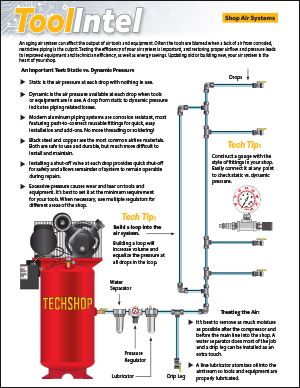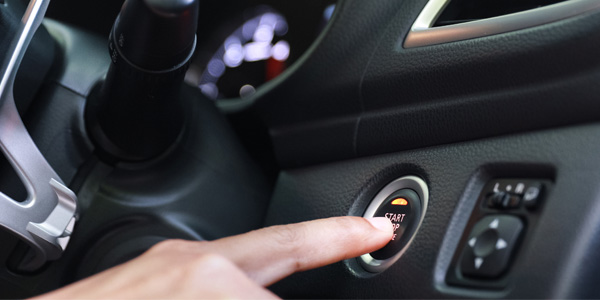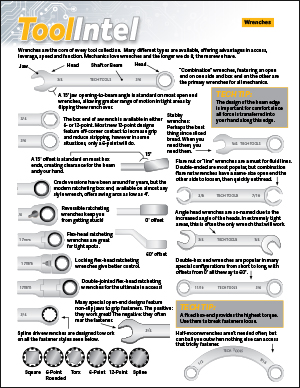by Rob Morrell
WORLDPAC Training Institute (WTI) Director of Technical Training
AGM (Absorbed Glass Mat) batteries are in the most sophisticated and power hungry vehicles. These batteries are more deep cycle in nature and considered to be more durable within certain parameters. AGM recombinant batteries have a very low internal resistance reducing heat during high charge/discharge levels and very low static charge loss of about 1% to 3% per month.
AGM batteries are used in vehicles with high potential load, therefore an AGM battery should only be replaced with another AGM Battery of equal capacity. A common mistake is replacing an AGM with a regular wet lead acid battery and may destroy the regular wet battery within a couple weeks because of the high demands on it.
Charging of the AGM battery also needs special attention; the charging voltage cannot exceed 14.8 volts even for short periods of time without damaging an AGM battery. AGM Batteries can withstand very high charging currents, but not voltage; a slow charge is always the best, most efficient practice. High heat from an engine compartment can also dramatically reduce the AGM battery life; these batteries were never designed for higher temperatures.
To test a high capacity AGM battery, you must begin with a fully charged battery (see ‘Battery Conditions’ below). You can usually remove the surface charge by turning the key on for about three minutes. Conductance battery testers can usually work well if they have the right information, but appear to be more accurate with wet type batteries than AGM models; AGM batteries sometimes give false positive results. A load test is the best testing method to avoid unnecessary comebacks.
AGM batteries should be load tested for 15 seconds at:
• 1/2 the CCA rating (Cold Cranking Amps); and
• 3 times the Ah rating (Amp hour rating).
NOTE: The voltage must not drop below 9.7 volts for the duration of the test.
Battery Conditions
12.65 V = 100% charge
12.45 V = 75% charge
12.24 V = 50% charge
12.06 V = 25% charge
11.89 V = 0% charge
Tech Tip courtesy of WORLDPAC Training Institute (WTI).
For additional information on WORLDPAC Training Institute (WTI) and products offered by WORLDPAC, visit www.worldpac.com.














